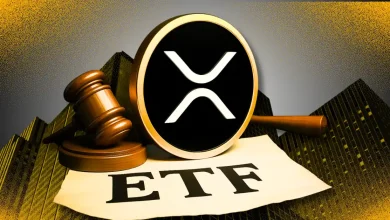
The year 2024 might witness significant progress in U.S. regulations for stablecoins, according to Circle CEO Jeremy Allaire. Speaking at the World Economic Forum in Davos, Allaire expressed optimism about an impending approval of a stablecoin bill, citing the ongoing global momentum in digital currency regulations.
Read more about this below.
Global Regulation Picks Momentum
Jeremy Allaire, addressing the World Economic Forum, highlighted the swift progress in global regulatory developments. Governments worldwide are actively shaping digital currency regulations. While the United States is catching up, Allaire foresees the nation taking substantial steps, in line with bipartisan efforts to protect crypto consumers and provide regulatory clarity.
The spotlight is on the Clarity for Payment Stablecoins Act, currently under consideration in the House of Representatives. This proposed legislation aims to subject stablecoins to regulatory frameworks similar to traditional financial services. Allaire supports the Act, anticipating a favorable environment for its approval in the United States in 2024.
Execs Remain Positive
Both Jeremy Allaire and Circle’s Chief Strategy Officer, Dante Disparte, are optimistic about 2024 as a pivotal year for stablecoin regulations in the U.S. Disparte emphasized bipartisan support for stablecoin policies and suggested concerns about the illicit use of certain cryptocurrencies could expedite regulatory actions.
Circle to Make a Public Debut?
Circle, the company behind the popular stablecoin USD Coin, recently filed a confidential S-1 registration with the U.S. Securities and Exchange Commission, indicating its intention to go public.
Despite regulatory restrictions, Allaire refrained from commenting on whether Circle’s IPO timing was influenced by the SEC’s approval of the first U.S. spot Bitcoin ETFs.
Jeremy Allaire reiterated the pivotal role of stablecoins, labeling them as the “killer app” for blockchain technology. He envisions widespread global adoption of stablecoins in 2024, driven by key developments such as the spot ETF and increased regulatory clarity.








